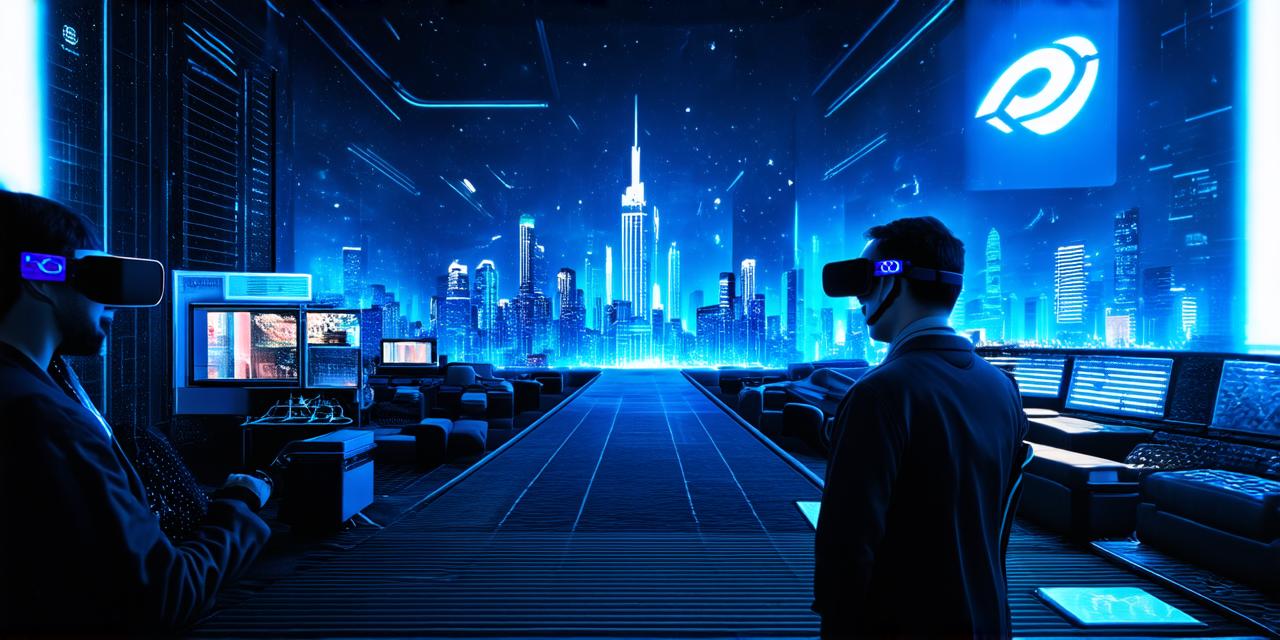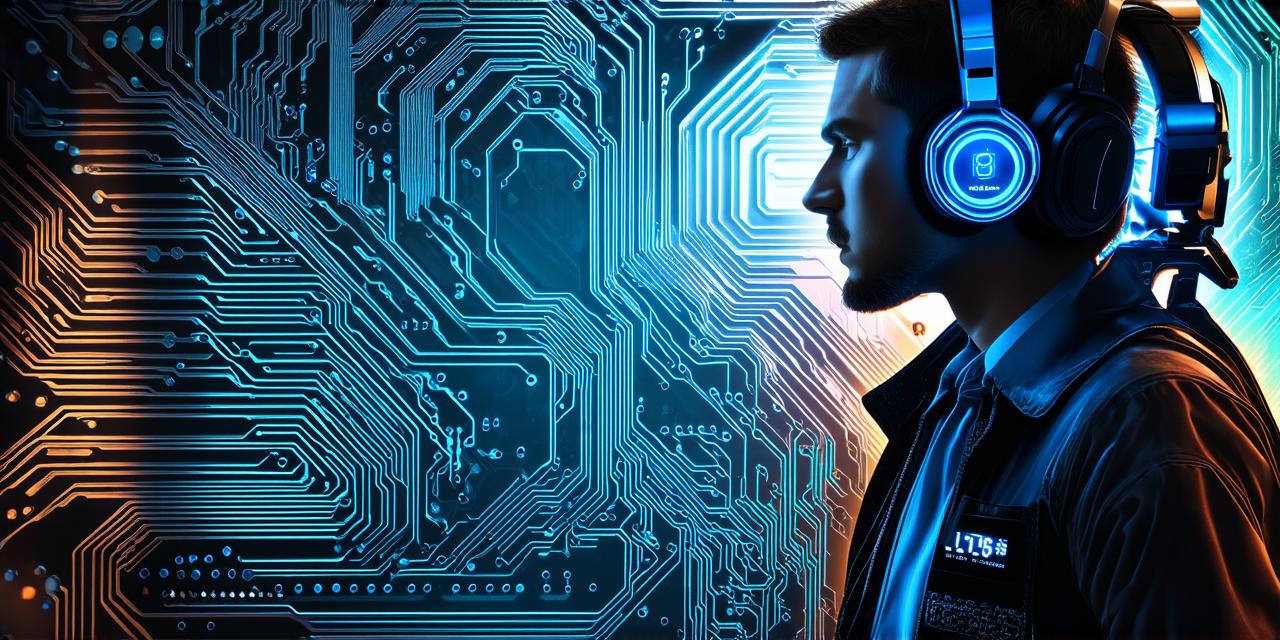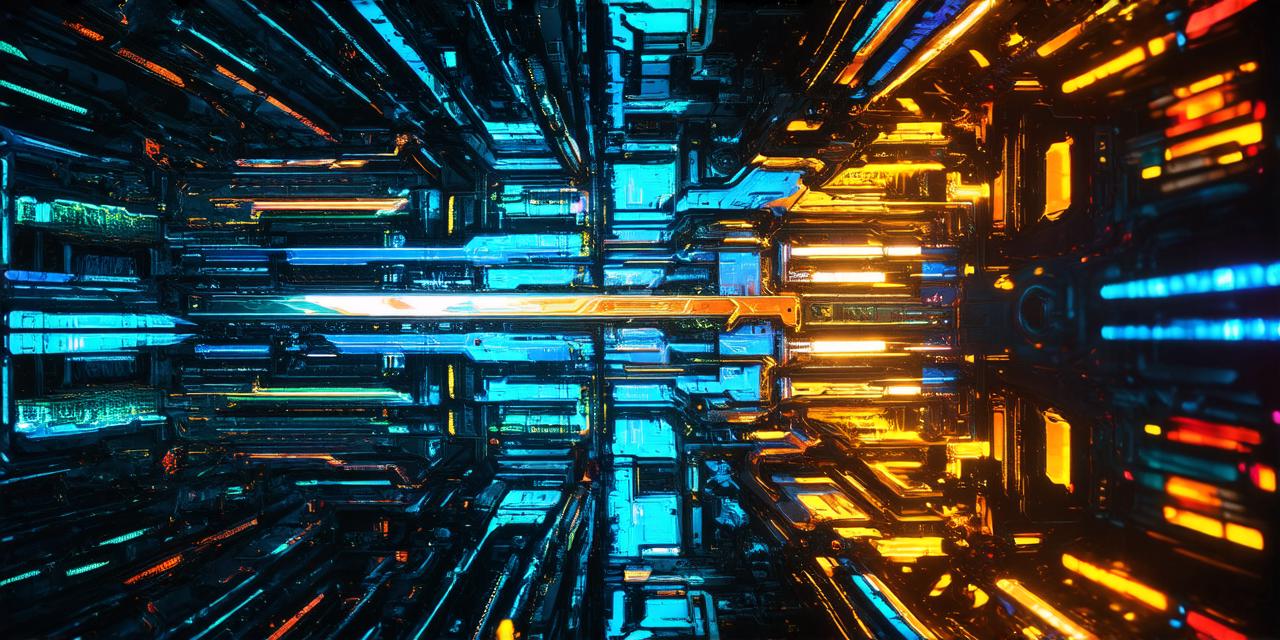AR (Augmented Reality) and VR (Virtual Reality) have been rapidly evolving technologies for decades. They have revolutionized how we interact with digital content, and they’re not stopping there. Mixed Reality (MR) is emerging as the next big thing in the world of AR and VR.
AR vs. VR vs. MR: What’s the Difference?
AR and VR both offer immersive experiences that blend digital content with the real world. However, they do it in different ways. In AR, digital content is overlaid on top of the real world, usually through a smartphone or tablet. It allows you to see virtual objects in your physical environment. On the other hand, VR creates a completely artificial environment that replaces the real world, and you can’t interact with it directly.
MR, on the other hand, combines elements of both AR and VR to create an interactive experience that blends digital content with the real world in real-time. MR technology uses sensors, cameras, and computers to track your movements and interactions with the physical environment. It then overlays digital content onto the real world, creating a seamless blend of digital and physical elements.
The Advantages of Mixed Reality
One of the main advantages of MR is that it allows for more natural and intuitive interactions with digital content. Unlike VR, where you have to physically move your body to interact with virtual objects, MR enables you to use your hands and other physical gestures to interact with digital elements. This makes the experience more immersive and realistic.
MR also has practical applications in fields such as education, healthcare, and manufacturing. For example, it can be used to train doctors and surgeons by allowing them to practice procedures in a virtual environment that mimics real-world scenarios. In manufacturing, MR can help engineers design and test products in real-time, reducing the need for physical prototypes.
The Challenges of Mixed Reality
Despite its many advantages, MR also presents some challenges. One of the main challenges is developing hardware that can track movements accurately and seamlessly. This requires advanced sensors and cameras that can detect even the slightest changes in movement.
Another challenge is creating software that can render digital content in real-time while maintaining high performance. Another challenge of MR is its cost. While AR and VR technologies are becoming more accessible, MR technology is still relatively expensive, making it less practical for some applications.
The Future of Mixed Reality
Despite these challenges, the future of MR looks bright. As technology continues to evolve, we can expect to see more advanced sensors and hardware that can track movements more accurately and seamlessly. We can also expect to see software that can render digital content in real-time while maintaining high performance.
As MR technology becomes more affordable, we can expect to see it used in a wide range of applications, from education and healthcare to manufacturing and entertainment. In fact, some experts predict that MR will become the next big thing in the world of AR and VR, surpassing both AR and VR in popularity.
In conclusion, Mixed Reality is an exciting new technology that combines elements of AR and VR to create immersive experiences that blend digital content with the real world. While there are challenges associated with this technology, its potential applications are vast, and we can expect to see it become increasingly popular in the coming years.



